Slovenia is one of those small European countries that don’t get talked about very much and that most people can’t locate on a map. Nowadays it is getting more attention as the homeland of the First Lady of the United States, but for the most part it still flies under the radar. Also, because of the fact that the country’s name is so similar to that of Slovakia, the two countries are often mixed up. It even happens at sporting events, as when the Slovenian national anthem was played when Slovakia beat Italy in a hockey match in April. It almost seems to me as if they’re trying to be exactly alike, because their flags look almost exactly the same. But recently the two countries had a meeting to “clear things up.” A YouTube channel I follow also made a video on why their names are so similar.
However, today I am only focusing on Slovenia. It is a very small country and has a population of only 2.06 million. The capital and largest city is Ljubljana (pronounced loob-lee-yana), which contains about 280,000 inhabitants. About 83% of the population is ethnically Slovene, and although it is a very secular country, most people identify as Roman Catholic. Though many Americans don’t hold Slovenia in their top ten of countries they want to visit, it is a desirable tourist destination within Europe, and travelers on Rough Guides voted it as the 11th most beautiful country in the world. It is mostly mountainous, is one of the most water-rich countries in Europe, and over half of the land is covered by forest.
The history of Slovenia resembles that of many of the other Slavic countries. It was a Roman settlement, and a post was established at present-day Ljubljana, which was called Emona in Roman times. After being invaded by Huns and Germanic tribes it was settled by the Slavs in the 500s and 600s, and then was conquered by Charlemagne in 803, fating it to become part of the Holy Roman Empire. In the 14th century it was mostly taken over by the Habsburgs, and then in 1420 was taken over by the Venetians. In 1797 it became part of the Austrian Empire as part of the Illyrian Provinces, and was then part of Austria-Hungary. After WWI the Slovenes was a founding member of the Kingdom of Serbs, Croats, and Slovenes, which was renamed the Kingdom of Yugoslavia in 1929. Slovenia was occupied by Germany, Hungary, and Italy during WWII, and after the war it co-founded the Federal People’s Republic of Yugoslavia, which later became the Socialist Federal Republic of Yugoslavia. Slovenia split from Yugoslavia in June 1991, becoming an independent country, which also marked the beginning of the Yugoslav wars. The split-up of Yugoslavia is complicated, but here is a great video that goes into detail on the subject. Nowadays Slovenia is part of NATO and the EU (joined in 2004), and was the first formerly communist country to adopt the Euro as its currency.
I got to visit three places in the beautiful country of Slovenia: Ljubljana, Lake Bled, and Škocjan Caves. I stayed in Ljubljana, which is in the middle of the country and therefore makes the rest of the country pretty accessible for day trips. My host said that pretty much everywhere in Slovenia is about an hour away from Ljubljana, which goes to show how small the country is. Though Ljubljana is small and there were a lot of tourists, it didn’t feel too crowded, just busy. Also, its city center is breathtaking, more so than I expected it to be. But perhaps the most striking feature of Ljubljana is Ljubljana Castle, which sits on a hill above the city.
Neboticnik (the first ‘skyscraper’ built in Slovenia)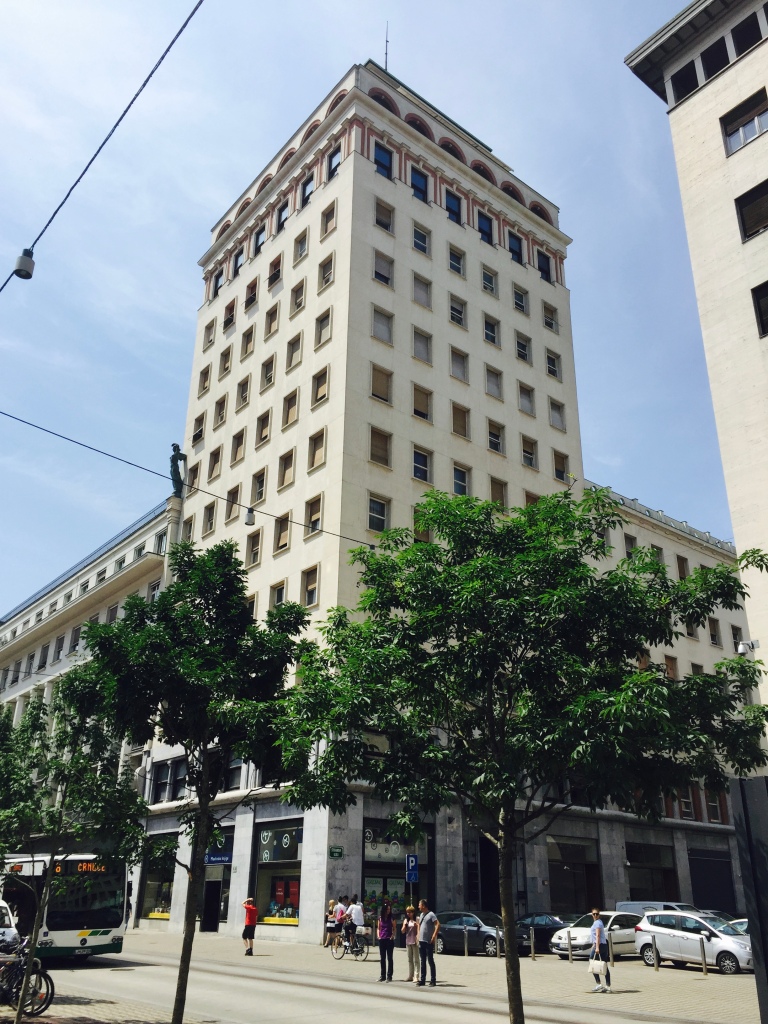
Franciscan Church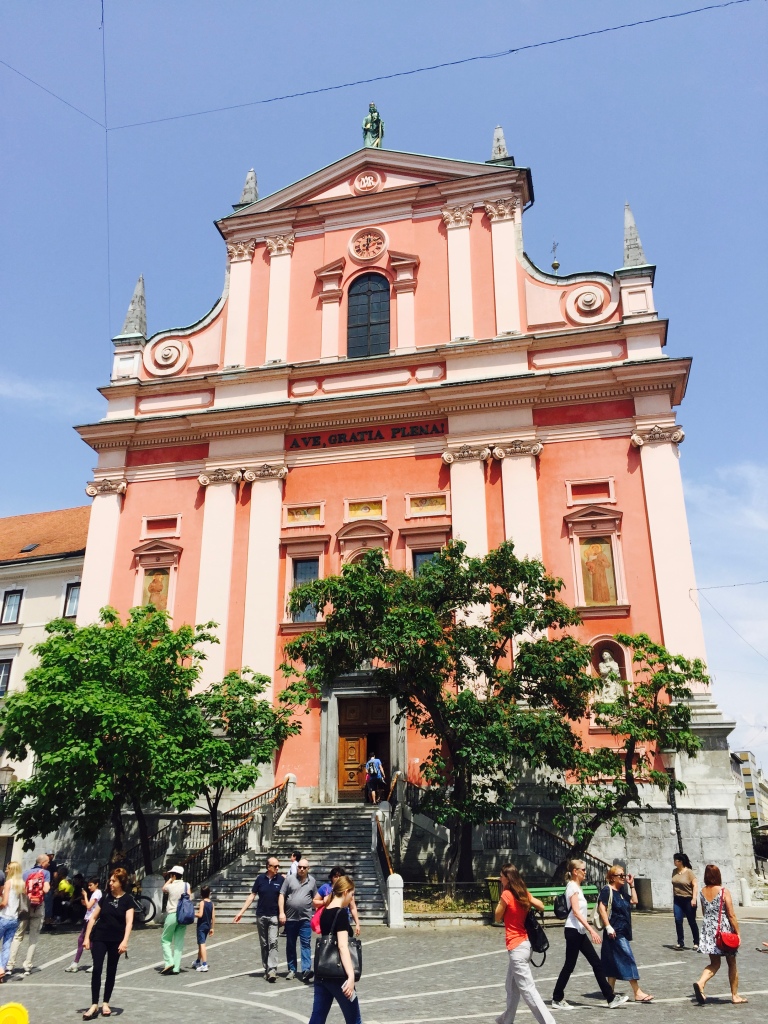
Statue of France Preseren, Slovenia’s most celebrated poet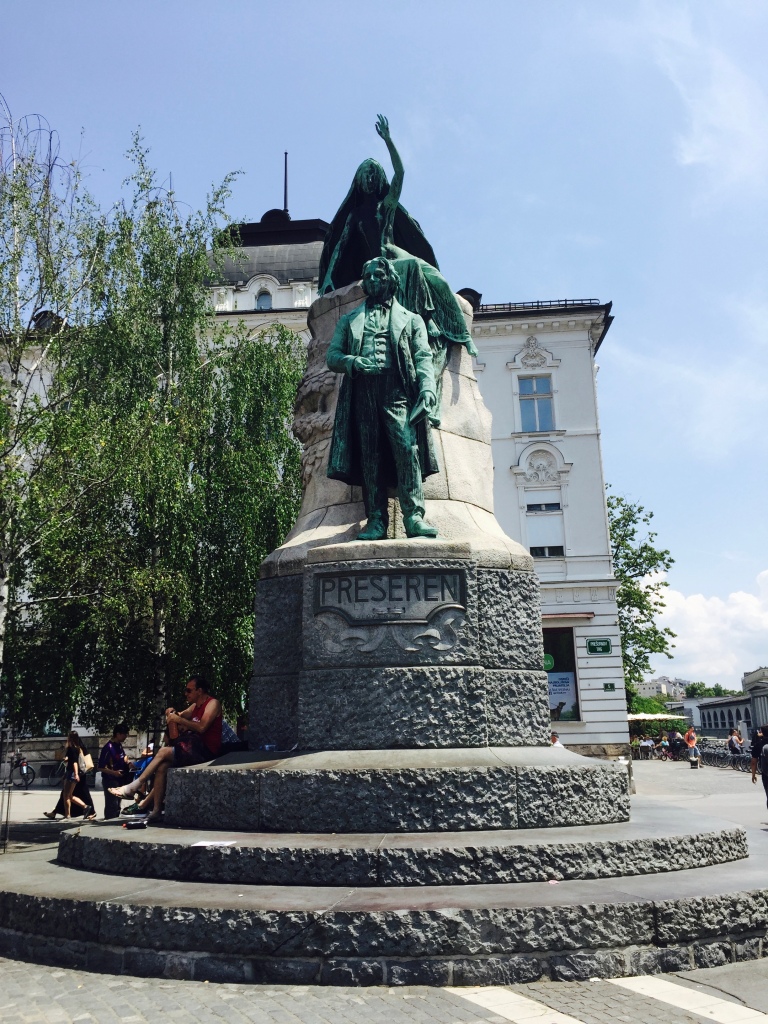
Triple Bridge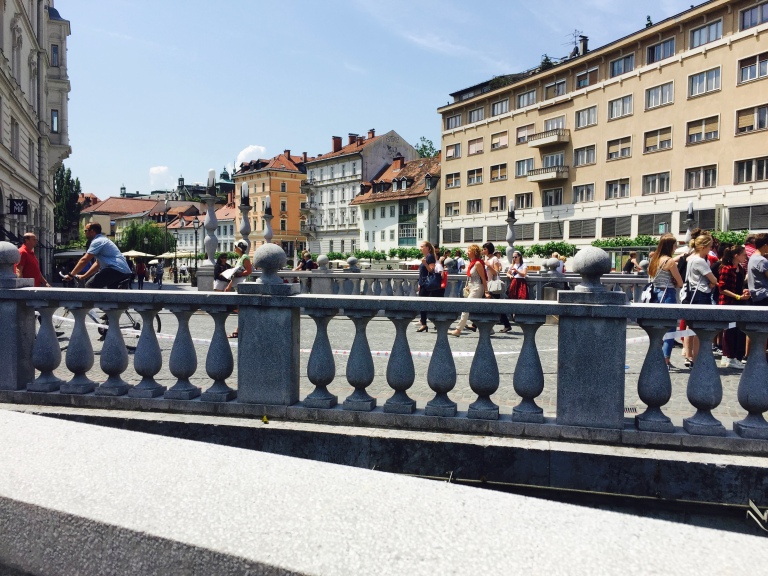
Preseren Square from the river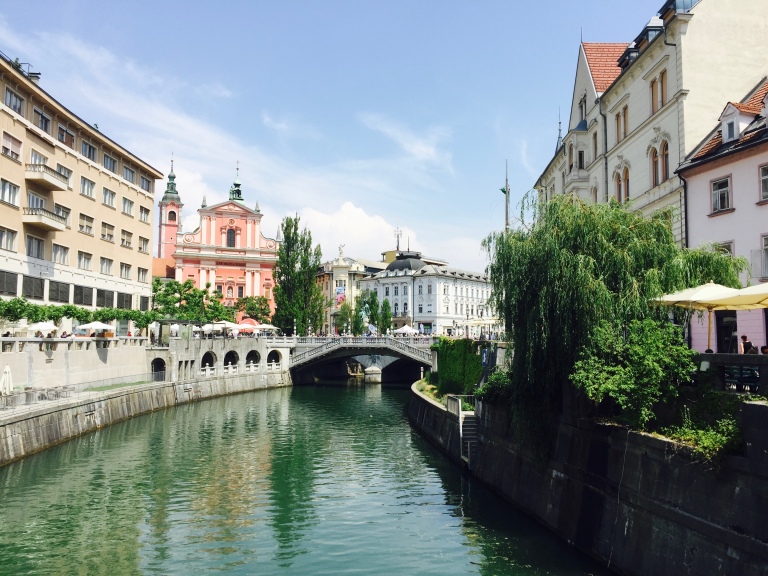
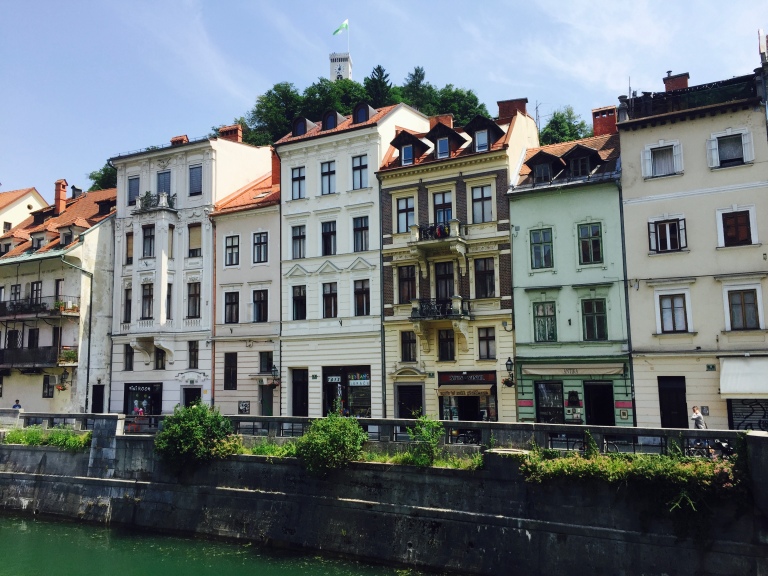
Cobbler’s Bridge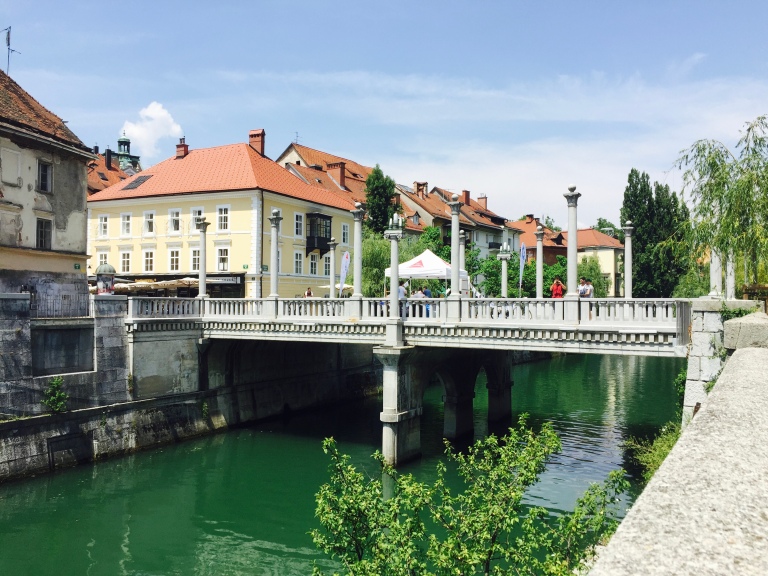
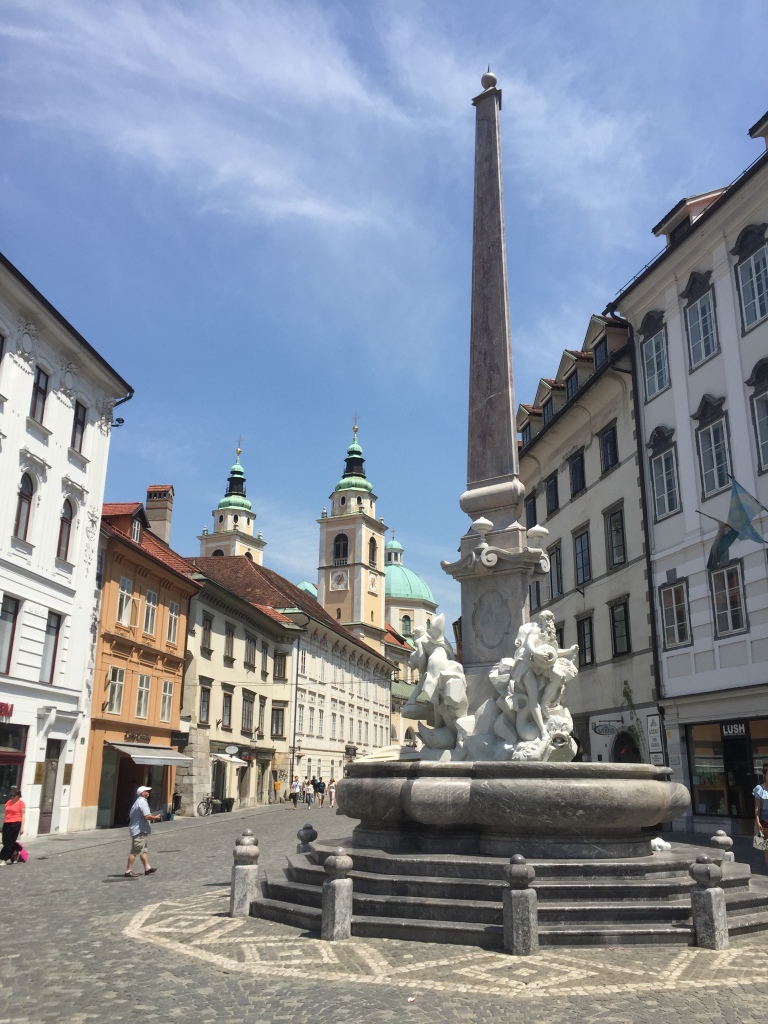
The Cathedral of St. Nicholas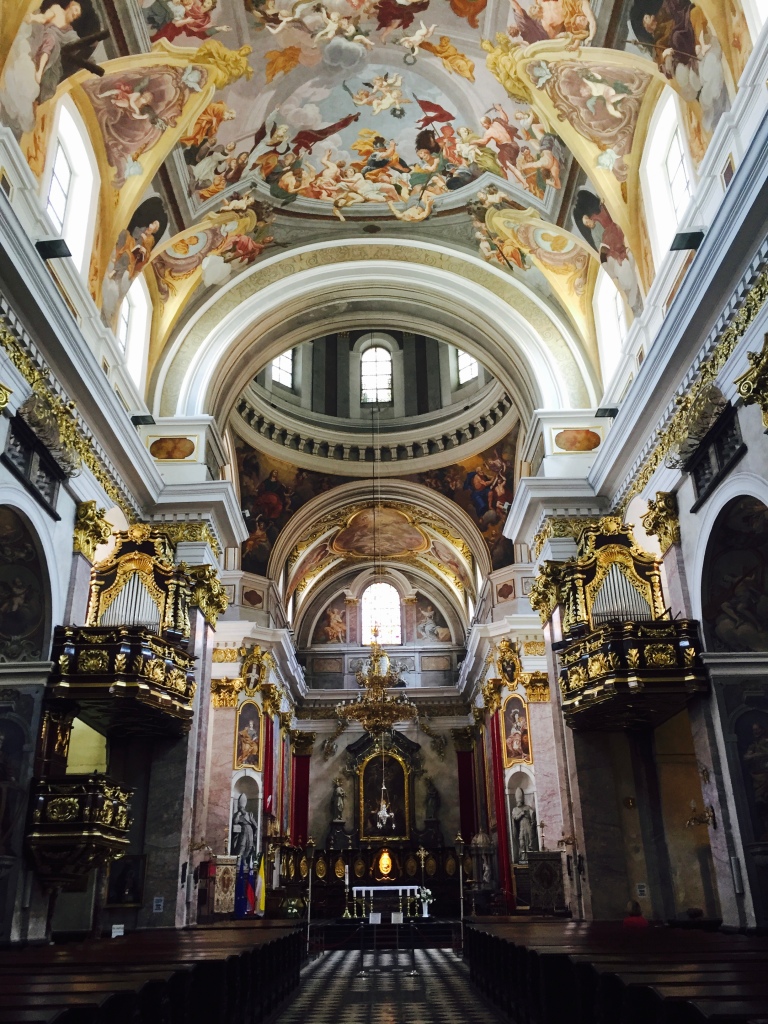
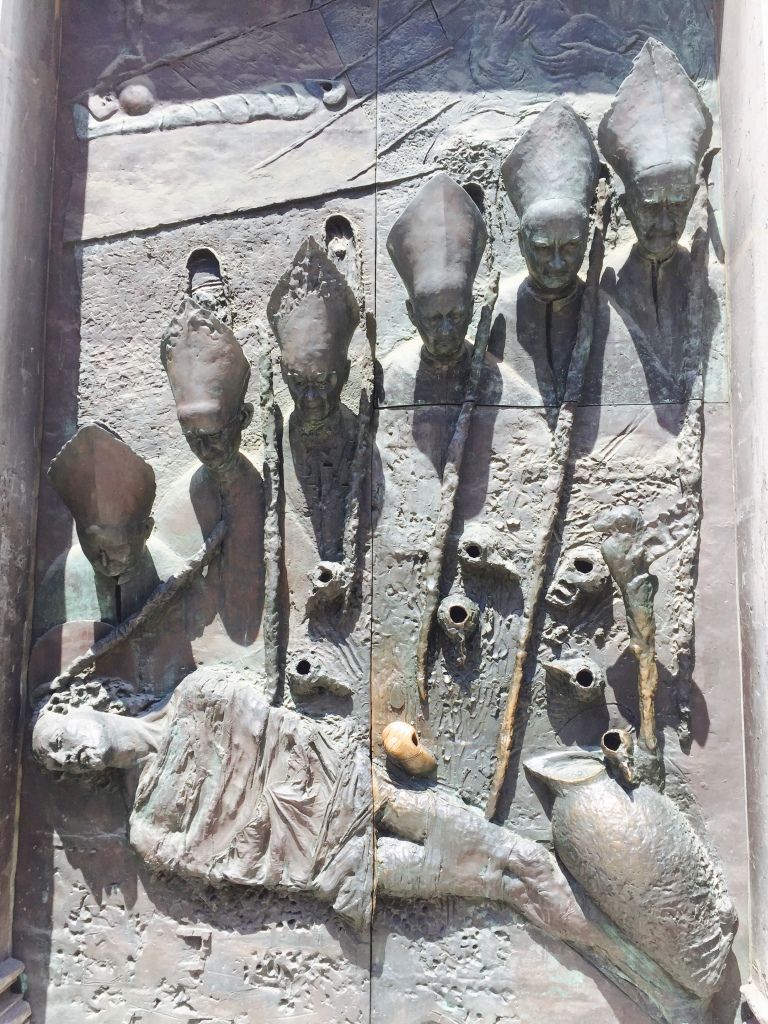
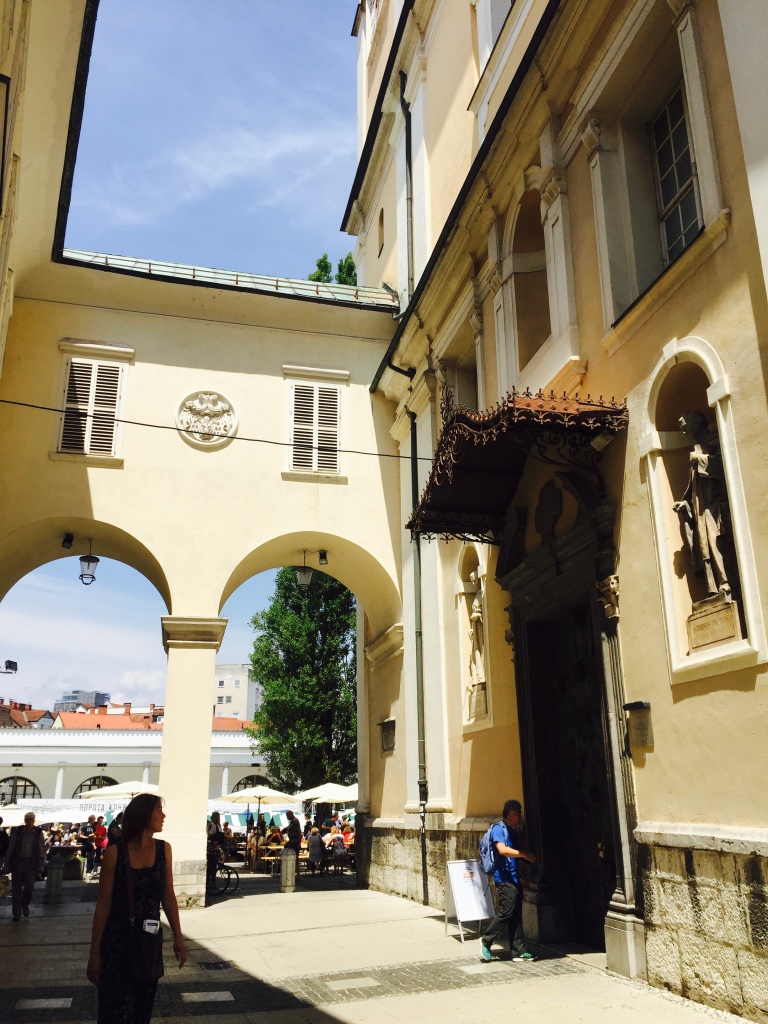
Dragon Bridge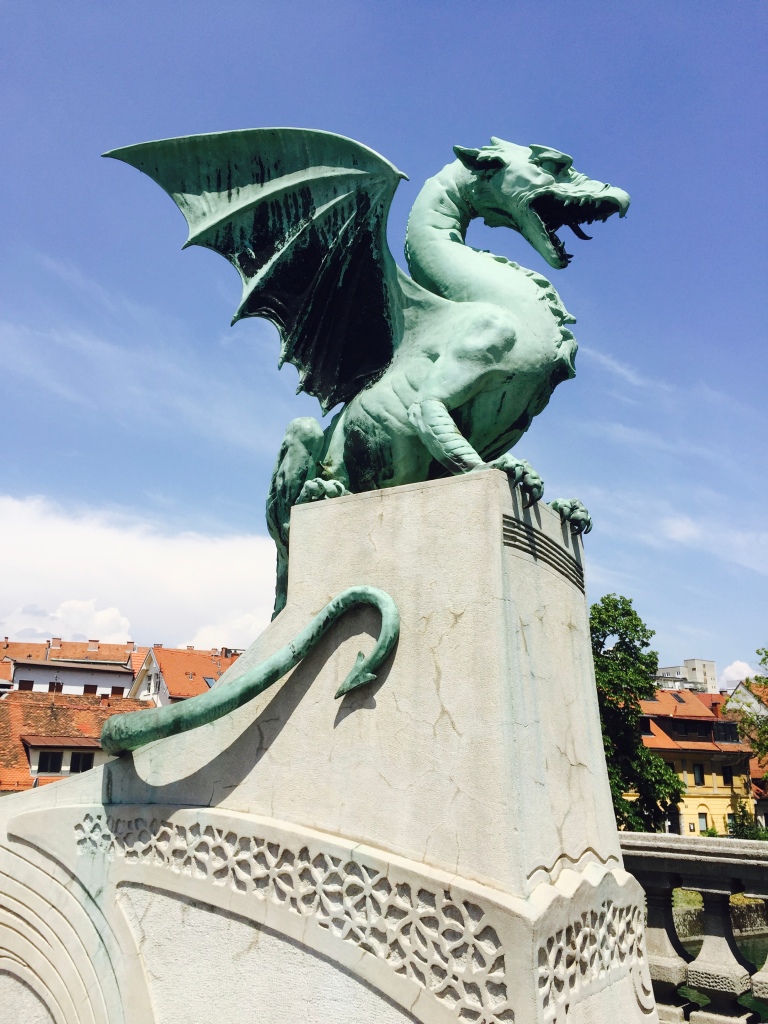
Ljubljana Castle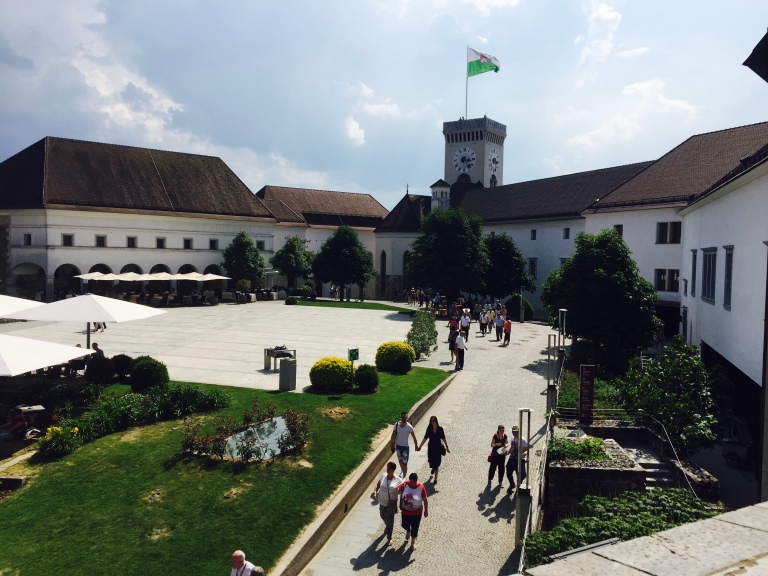
View from the Castle’s tower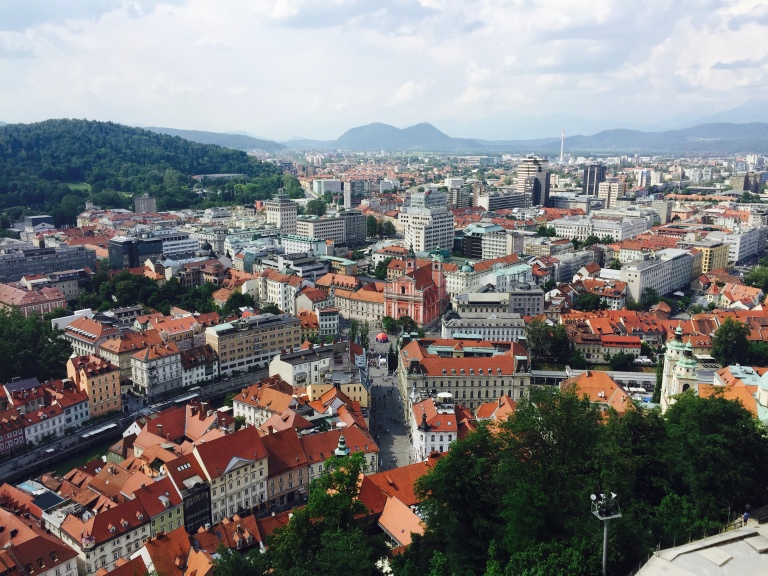
Congress Square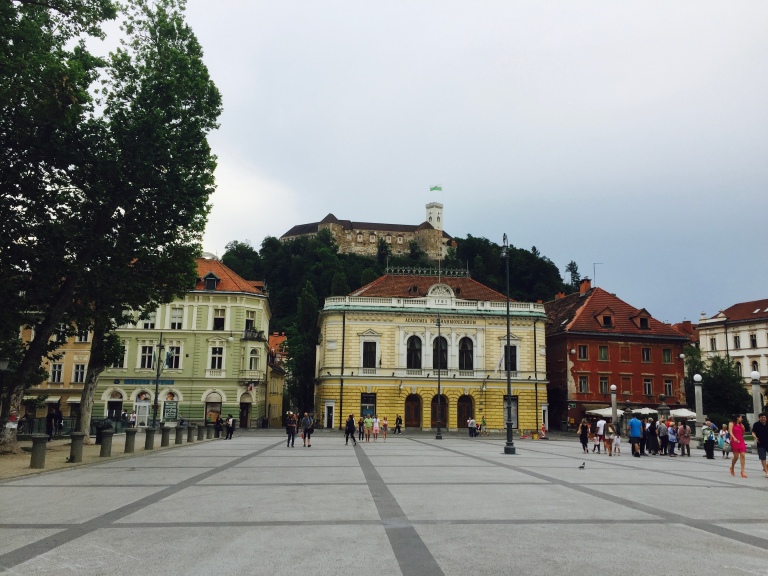
Graffiti in Metelkova (former army barracks that were squatted)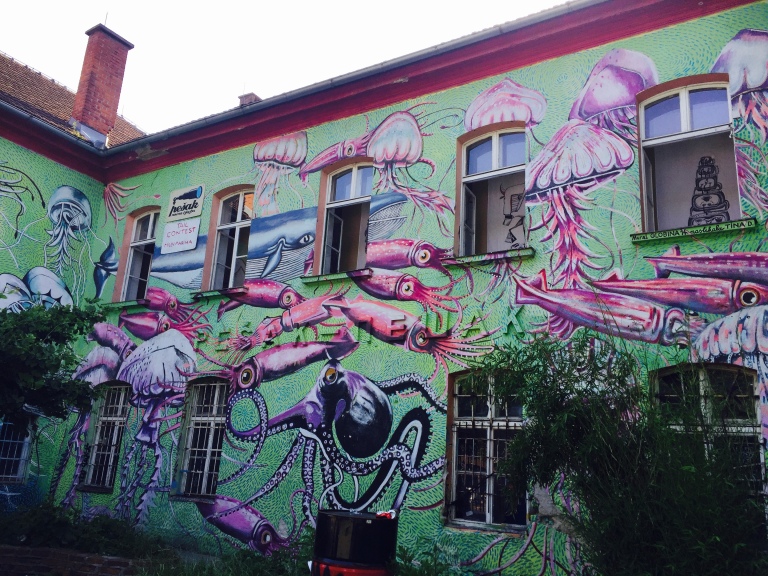
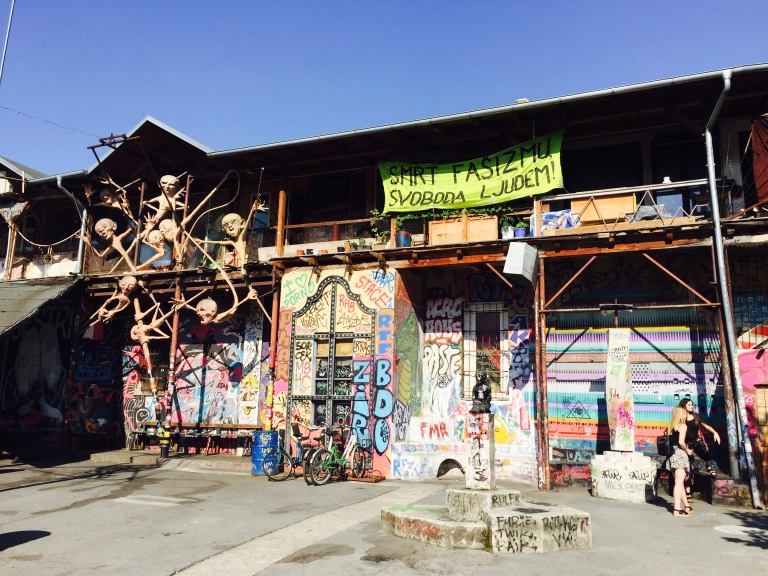
Tivoli Park
The most beautiful place I went to in Slovenia, and one of the most beautiful places I’ve been to in Europe, is Lake Bled. I went to Bled, a town on the lake, hiked up to Bled Castle to get some amazing views of the Lake, and kayaked to Bled Island, upon which sits a church. I also circumvented the entire lake, which only took about an hour or so.
View of Lake Bled from Bled Castle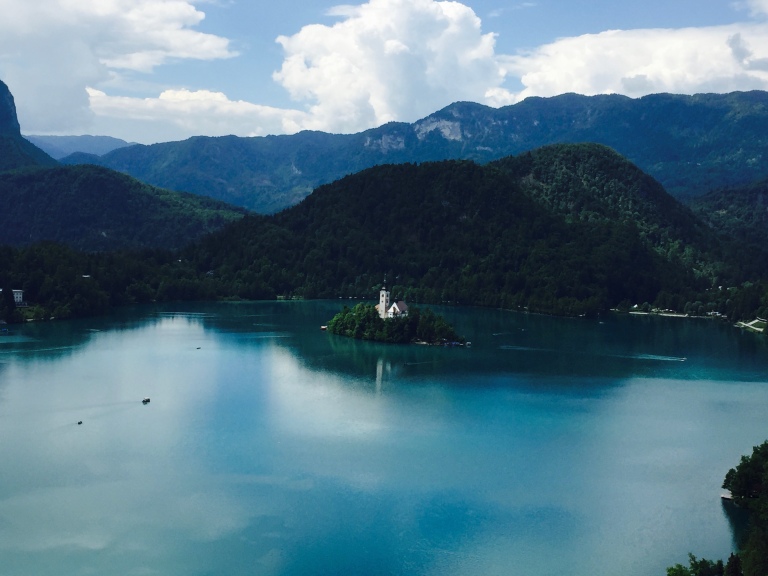
Bled Castle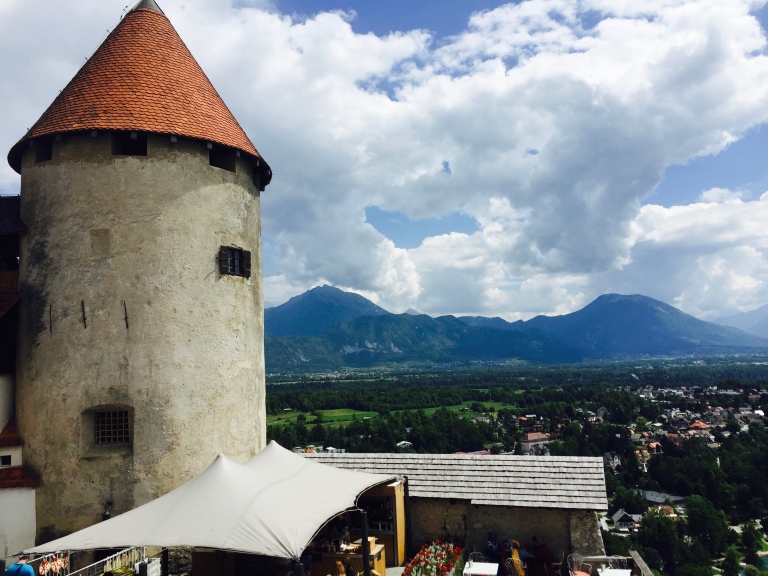
View from the other side of the castle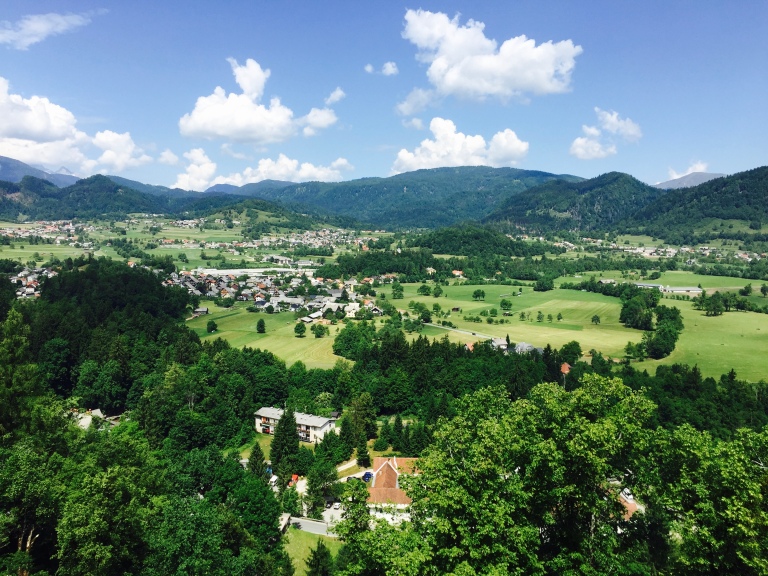
A medieval festival at the castle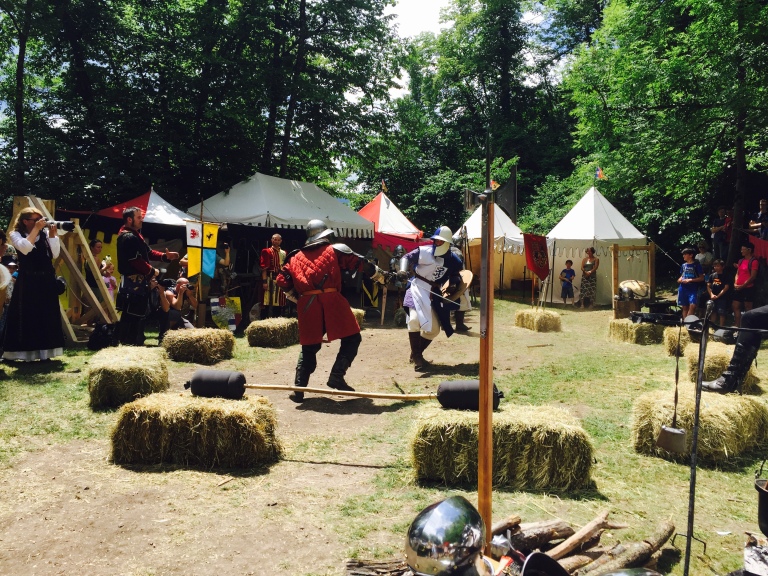
On Bled Island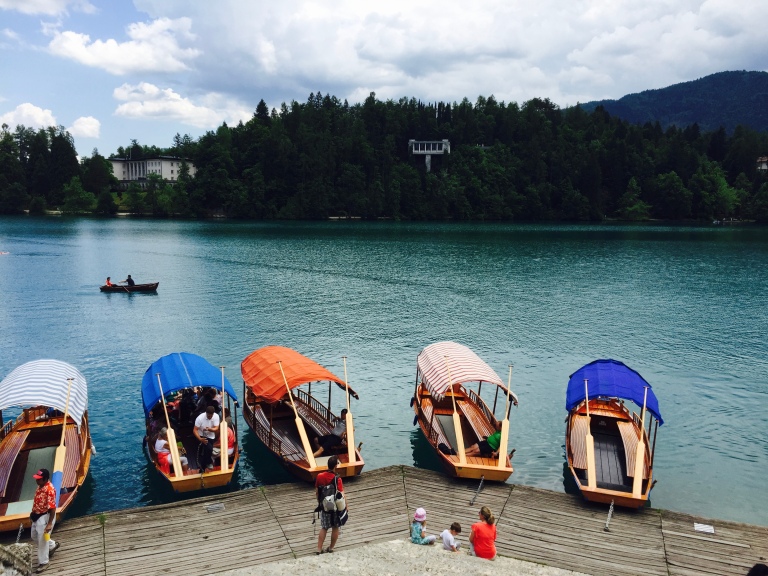
View of the island from the lake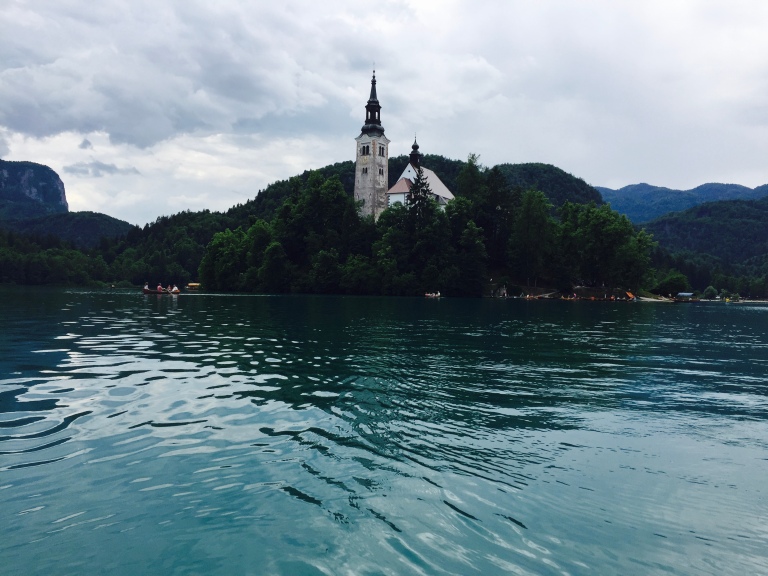
The Castle from the lake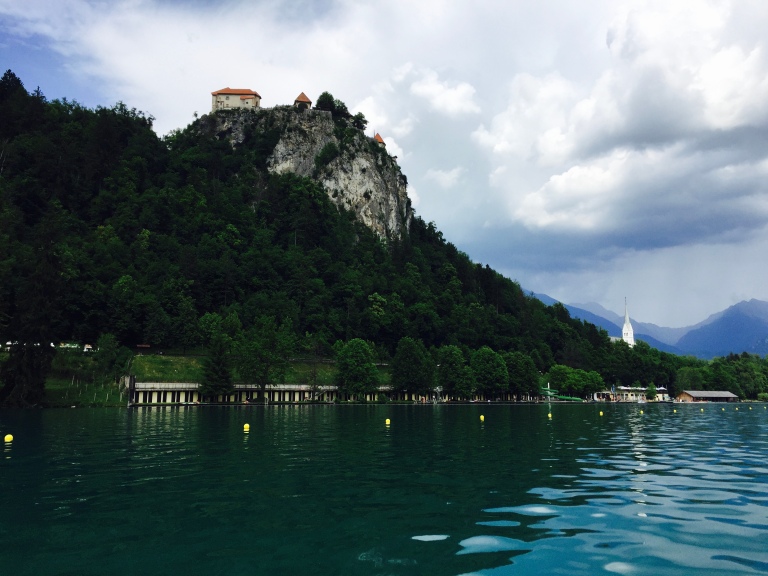
View from the opposite side of the lake from the castle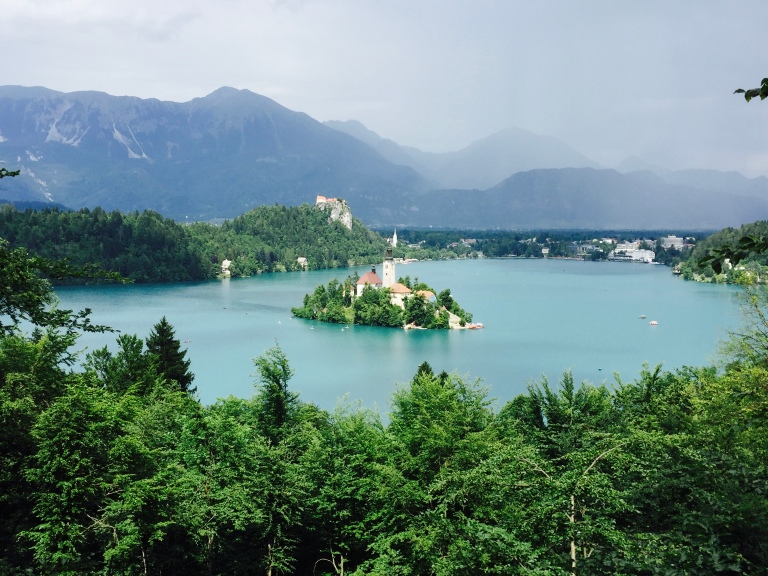
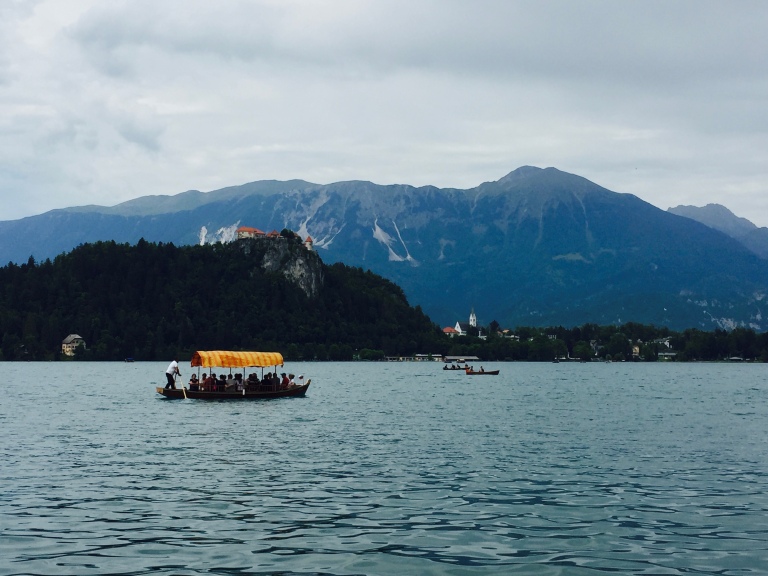
Some delicious Bled ream cake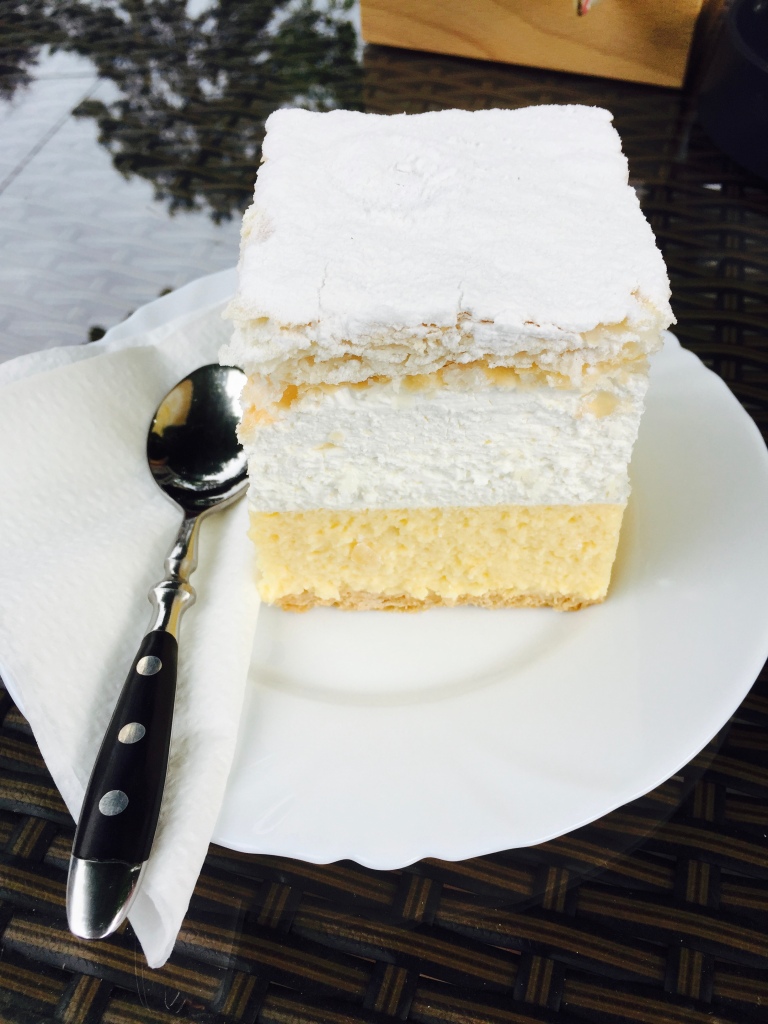
The final place I went to in Slovenia is the Škocjan Caves. These caves are a UNESCO World Heritage Site and include one of the world’s largest underground river canyons. It is within the Karst region, an area for which a topography term was coined. “Karst topography” refers to “a landscape formed from the dissolution of soluble rocks” such as limestone or dolomite (Wikipedia). Unfortunately I was not able to take pictures within the caves, but I was able to take pictures at the exit and within the park around the cave.
Exit of the cave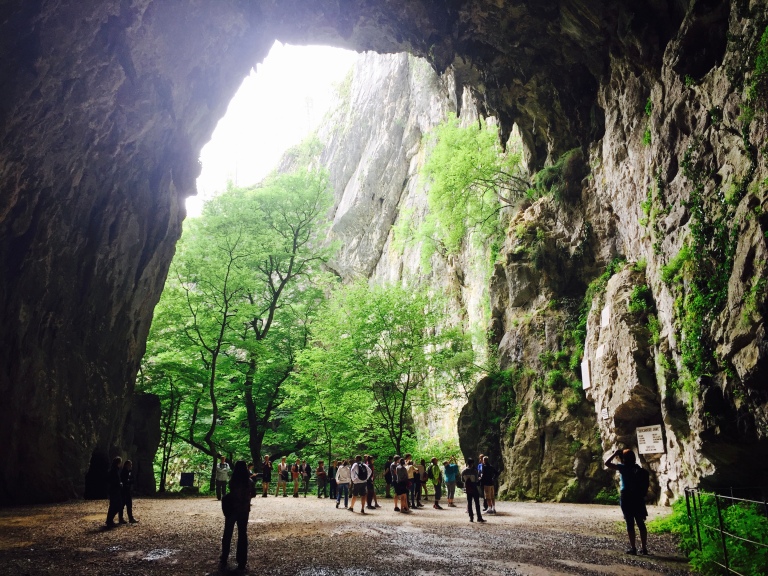
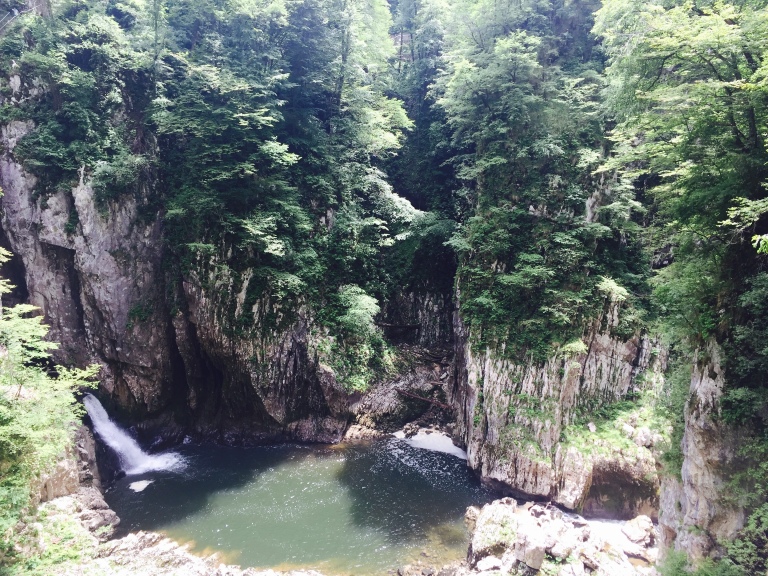
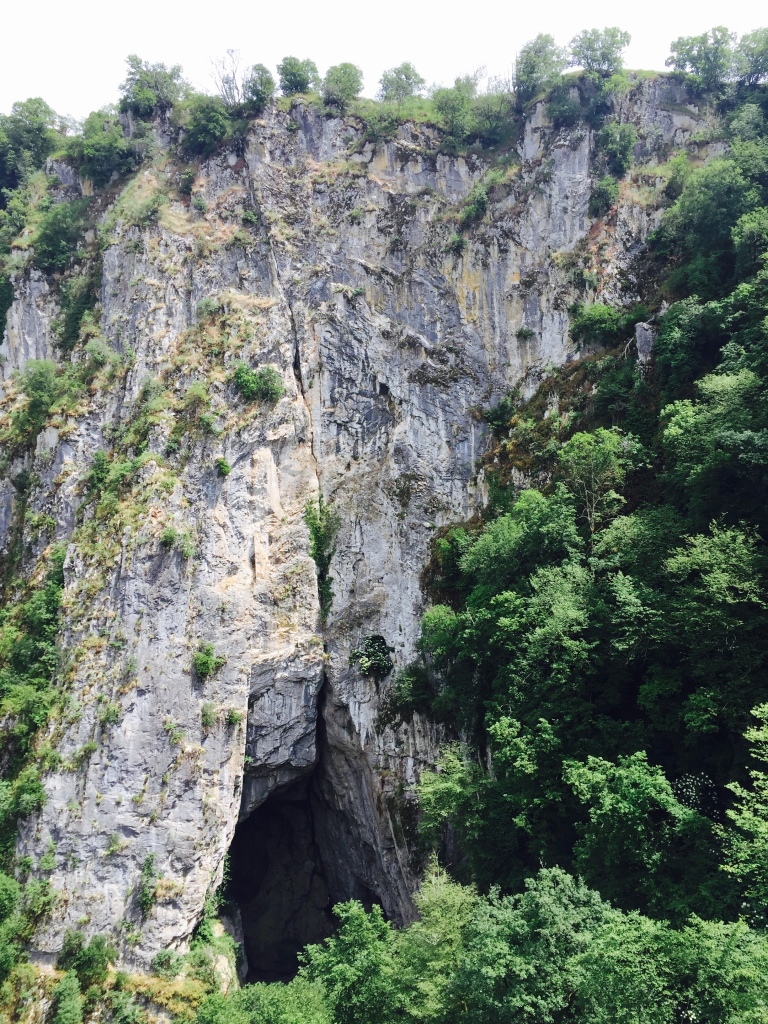
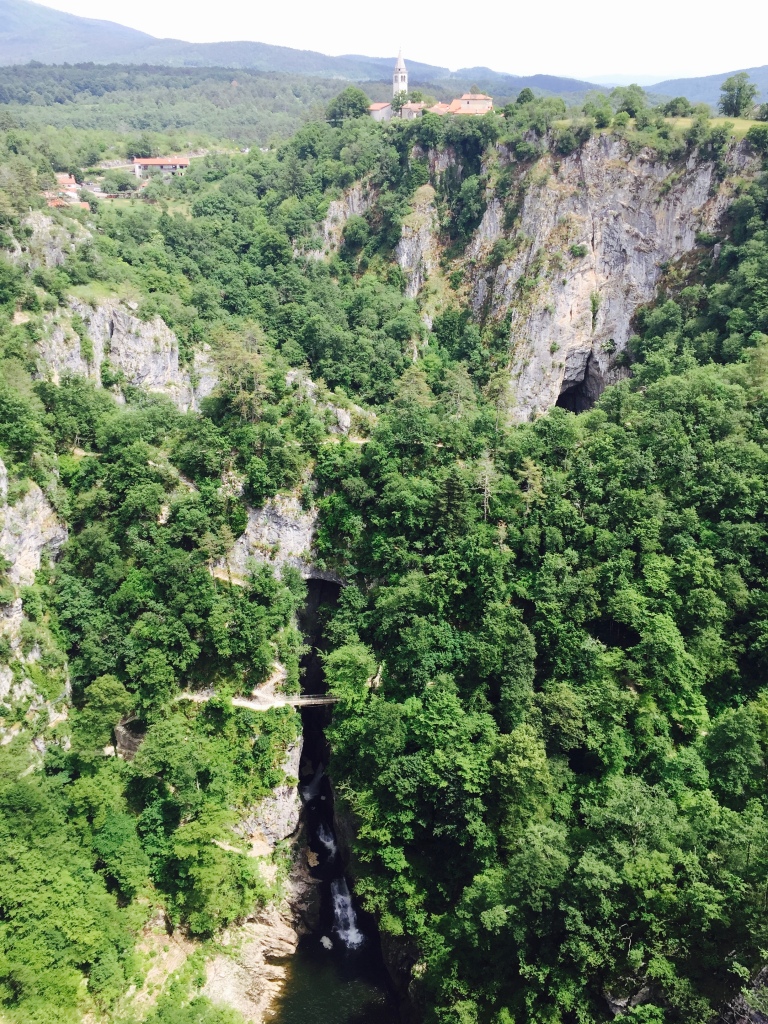
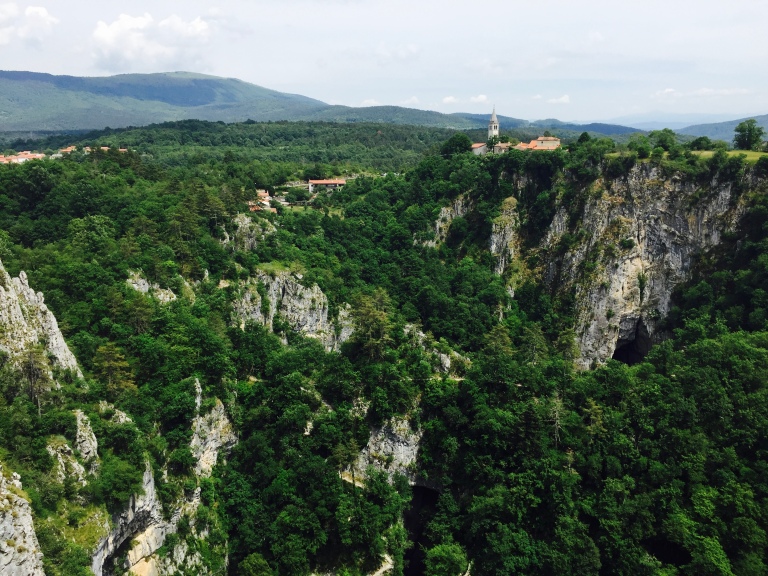
After visiting Slovenia and seeing its most important sites, I’ve concluded that it really is a breathtaking country and is one of Europe’s gems. What’s nice about Slovenia is that most of what is attractive about it is its landscape and natural wonders. And though many tourists visit, it’s not nearly as crowded as many other places. I think Slovenia deserves to be a bit higher on most people’s travel lists.

WOW!!!! Awesome photos!
LikeLike